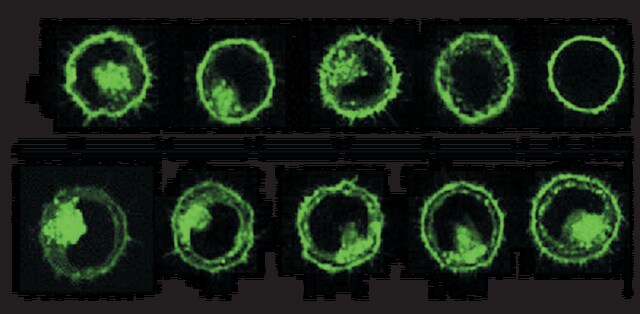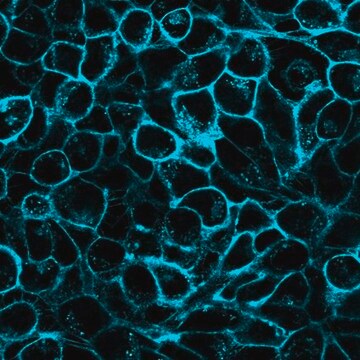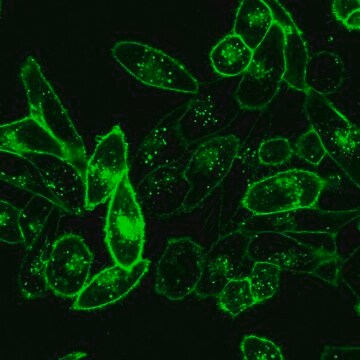CGLDIL
Diluent C for General Membrane Labeling
Distributed for Phanos Technologies
Synonyme(s) :
PKH diluent
About This Item
Produits recommandés
Niveau de qualité
Forme
liquid
Conditions de stockage
dry at room temperature
Technique(s)
flow cytometry: suitable
Application(s)
cell analysis
detection
Méthode de détection
fluorometric
Conditions d'expédition
ambient
Application
Liaison
Informations légales
Composants de kit seuls
- Diluent C 6 vial(s)
Faites votre choix parmi les versions les plus récentes :
Déjà en possession de ce produit ?
Retrouvez la documentation relative aux produits que vous avez récemment achetés dans la Bibliothèque de documents.
Les clients ont également consulté
Articles
A video about how you can use fluorescent cell tracking dyes in combination with flow and image cytometry to study interactions and fates of different cell types in vitro and in vivo.
PKH and CellVue® Fluorescent Cell Linker Kits provide fluorescent labeling of live cells over an extended period of time, with no apparent toxic effects.
Notre équipe de scientifiques dispose d'une expérience dans tous les secteurs de la recherche, notamment en sciences de la vie, science des matériaux, synthèse chimique, chromatographie, analyse et dans de nombreux autres domaines..
Contacter notre Service technique














